Do Hamsters Live in The Wild?
Yes — hamsters have wild relatives that live across parts of Europe and Asia. Most hamster species are small, solitary, burrowing rodents adapted to dry, open habitats; only a few — most notably the Syrian hamster — have been domesticated and commonly kept as pets. Understanding their wild biology helps explain behaviors such as food-hoarding, digging, and crepuscular activity.
Hamsters are captivating creatures that have been handled as pets for a long time. However, it regularly makes owners curious about their wild origins, “Do hamsters live in the wild?” What exactly do hamsters eat in the wild, and how do their lives differ from their domesticated counterparts?
You discover the remarkable adventure of hamsters in this blog, from their wild beginnings to their being cherished as pets, coming across which hamsters stay, how they survive, and the unique bond they share with humans.
From Syrian Sands to Your Snuggles: A History of Wild Hamsters
While hamsters are often associated with cute pets, their wild ancestors were strong survivors. The first recorded wild voles were found in places such as Syria, Northern China, Romania, and Greece. These intelligent rodents thrive in warm, dry areas, living and settling in deserts, savannas (cold grasslands), and near dunes.
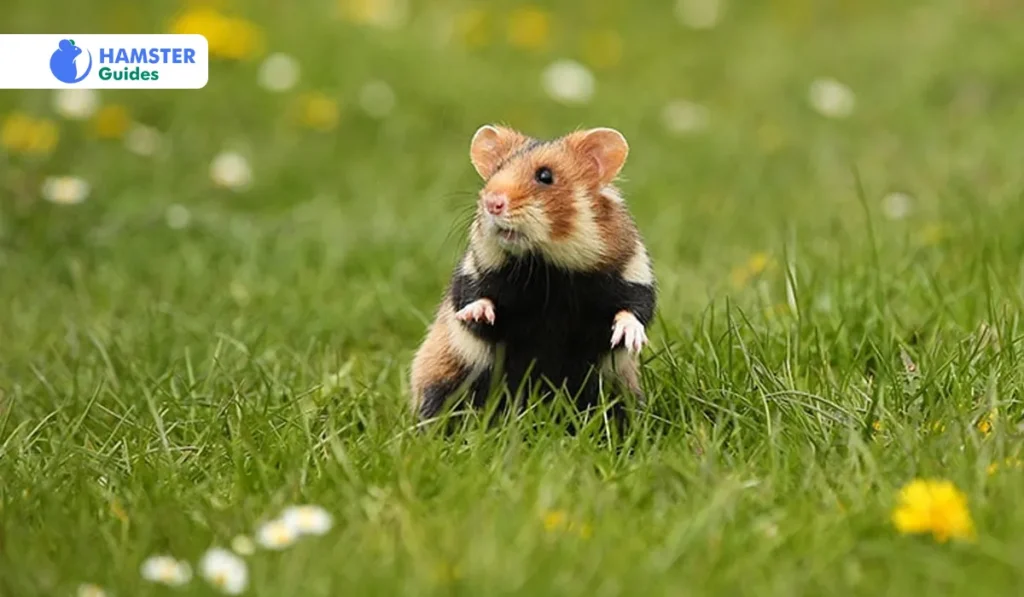
Their natural habitat explains their excellent burrowing abilities and their thick fur, which helps them survive large temperature changes.
There are more than 24 known species of wild voles, and they all have unique characteristics. However, only a few, such as the Syrian hamster (the most popular type of pet), have been domesticated as companions.
So the next time you watch your hamster running around its cage, remember that your hamster’s wild cousins may be navigating the elements!
Related Resource: Can A Hamster Eat Carrots?
Diet of Wild Hamsters
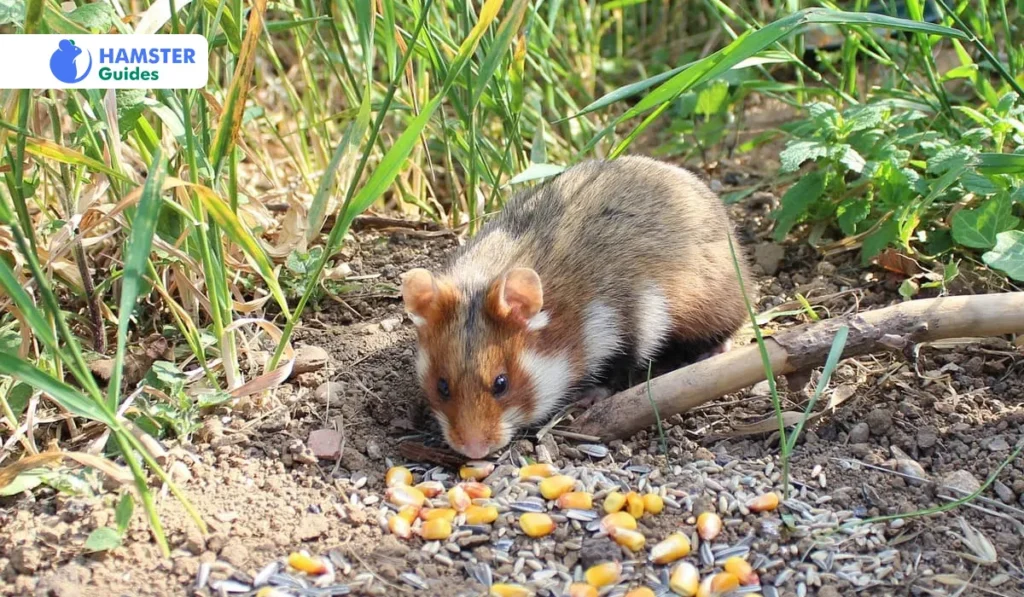
Unlike domesticated hamsters, wild ones have an omnivorous diet, including seeds, insects, and sometimes small creatures such as lizards or other rodents. They have been observed storing food in their burrows to help them survive during times of scarcity.
Dietary Habits of Wild Hamsters
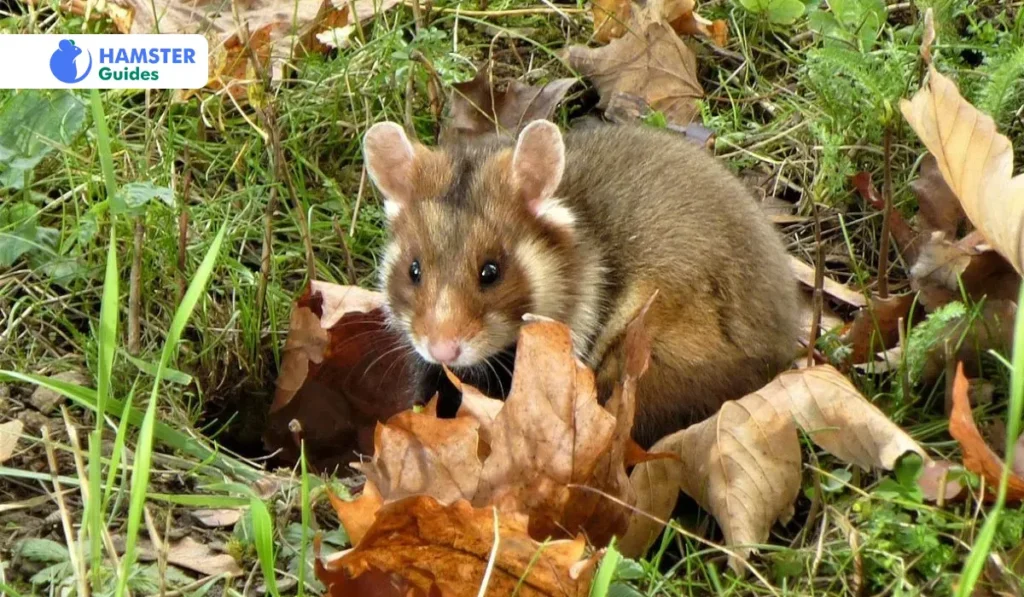
Food ingredient description
Freshness Counts: Get rid of any fruit that hasn’t been consumed immediately to keep the environment tidy and avoid rotting.
Exploring the Homes of Wild Hamsters
Wild hamsters prefer to keep their space private. Opposite to their social cousins saved as pets, most wild species are solitary creatures who prefer to live alone in burrows they meticulously craft.
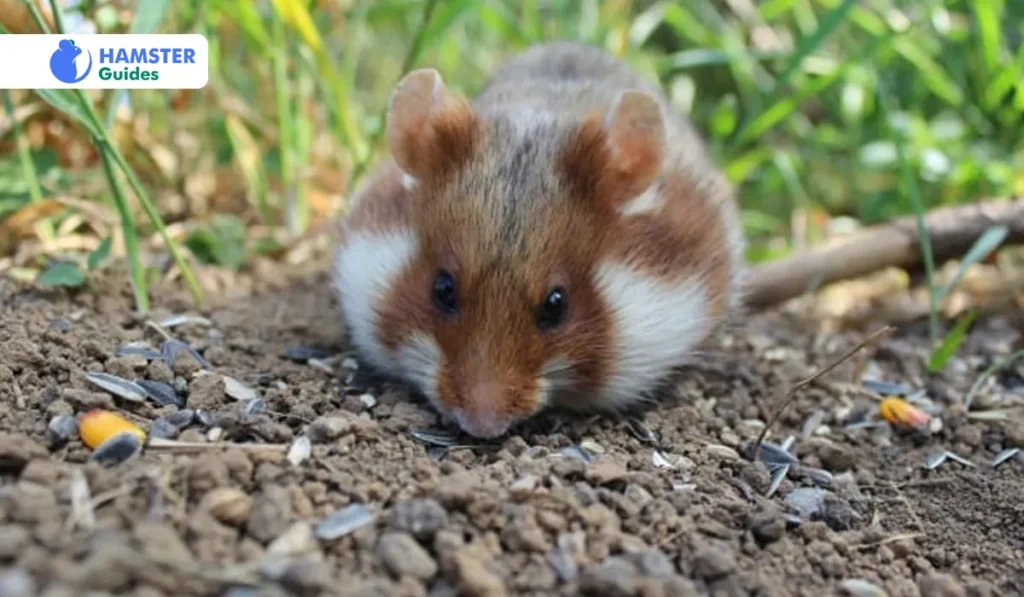
These burrows provide a haven from harsh climates, predators, or purposeful storage devices for their scavenged food.
If we talk about food, wild hamsters are omnivores; they like to eat seeds, fruits, insects, and sometimes small lizards. They`re nocturnal animals, which means that they wake up at night to forage and to find out about their environment.
Their strong senses of touch and smell motivate them to be inexperienced hunters, which enables them to navigate their environment rapidly.
Related Resource: Can Hamsters Eat Peppers?
Facing the Future Potential Threats and Conservation of Wild Hamsters
Several wild hamster species face threats from habitat loss, agricultural intensification and climate change. Conservation efforts are uneven: while some species have stable populations, others are threatened locally. Raising awareness and protecting natural habitats are key to sustaining wild hamster populations.
Living inside the wild affords hamsters with many challenges, from keeping off predators to acquiring meals and water. Predators are a regular risk. Snakes, raptors, and different predators pose a massive risk to their survival.
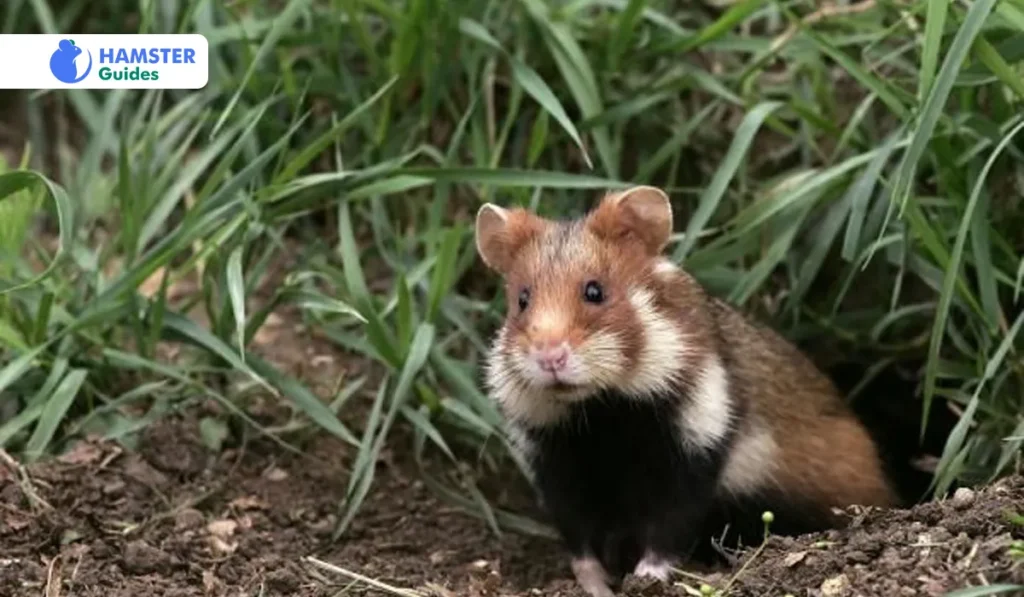
In addition, the opposite of meal sources in their environment calls for strategic foraging and meal conservation behaviors to satisfy their dietary needs.
Wild hamster populations are coping with severe threats. Habitat loss due to human development and agricultural practices is a huge concern. Additionally, climate change disrupts their sensitive ecosystems, making it more difficult for them to survive.
Hamsters (subfamily Cricetinae) occur across the Palearctic region — from parts of eastern Europe through the Middle East and into central and northern Asia. In the wild they prefer arid steppes, semi-deserts, rocky slopes, and agricultural edges where they dig elaborate burrow systems that provide shelter, nest chambers and food caches (PetMD; Merck Vet Manual). These burrows protect them from temperature extremes and predators and are central to their survival strategy.
Fortunately, efforts are being made to protect and shield those great creatures. Scientists are analyzing wild hamster populations and their habitats to recognize their needs. In addition, tasks are taken to shield the herbal surroundings and lift consciousness of the significance of those small ecological engineers.
Related Resource: Can Hamsters Eat Honeydew?
The Wild Side of Hamsters Some Intriguing Facts
Some wild species can enter torpor or even true hibernation in response to low temperatures and food shortage — a seasonal strategy that reduces metabolic needs. However, pet hamsters rarely hibernate in home conditions; if a pet enters torpor it often signals stress or dangerously low temperatures, and veterinary advice should be sought.

Here are a few captivating tidbits of wild hamsters that would wonder you:
Hibernation Heroes: Some wild hamster species hibernate in winter, slowing their metabolism to preserve power till spring.
Solitary But Not Antisocial: While they favor staying alone, a few wild hamster species will tolerate quick encounters with others, mainly in the course of mating season.
Communication Champions: Wild hamsters use a complicated gadget of vocalizations, scents, and frame language to speak with others.
Related Resource: Can Hamsters Eat Bird Food?
From Wild to Wonderful Pets Know The Legacy of Hamsters
There are roughly 18 living species of hamsters grouped into several genera. Only a few species have been domesticated for the pet trade; the best known is the Syrian or golden hamster (Mesocricetus auratus), which was first brought into laboratory and pet breeding in the early 20th century. Other species (various dwarf hamsters in the genus Phodopus and Cricetulus) are kept as pets in smaller numbers, but the majority of hamster diversity remains wild and ecologically specialized.
Hamsters are not a homogeneous species but, instead, a heterogeneous group with diverse species dispersed across various regions. Although only a few species are frequently maintained as companions, like the Syrian or golden hamster, there is a plethora of wild hamsters traversing their native habitats worldwide.
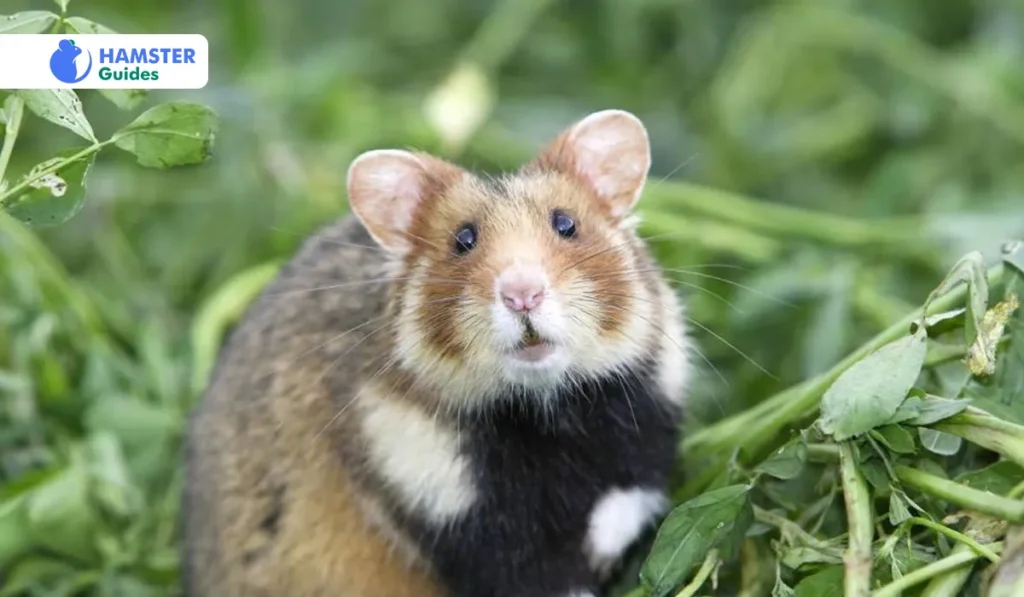
Ranging from the black-bellied hamster in France to the Syrian hamster found in the Middle East, each species showcases distinct adjustments tailored to its specific surroundings.
The adventure of hamsters, from wild survivors to loved companions, is remarkable. Understanding their wild roots permits us to comprehend their precise diversifications and resilience.
Additional information: Wild hamsters have yet to go through selective breeding for fitness like domesticated breeds. They are more at risk of illnesses.
Dietary Differences Between Wild and Pet Hamsters
Wild hamsters are omnivores: seeds and other plant material make up much of their diet, supplemented with insects and occasionally other small invertebrates. They are prolific food-hoarders, carrying stores back to their burrows to survive periods of scarcity. Their dietary flexibility helps them persist in environments where resources are seasonal or patchy.
Wild hamsters have advanced to thrive on numerous kinds of foods. Pet hamsters have their nutritional needs fulfilled with specifically formulated meal pellets. These pellets offer a balanced aggregate of vital nutrients, vitamins, and minerals tailor-made to overcome the dietary necessities of domesticated hamsters.

However, pet owners might also additionally complement their hamsters` diets with occasional treats together with nuts, seeds, and small quantities of vegetables and fruits to provide enrichment and variety.
Related Resource: How To Take Care Of A Hamster?
Dietary Comparison Between Wild and Pet Hamsters
| Dietary Aspect | Wild Hamsters | Pet Hamsters |
| Primary Food Source | Seeds, grains, nuts, occasional fruits/vegetables | Specially formulated pellets, occasional treats |
| Balanced diet | Although it is diverse, it may need to be balanced Subject to availability. | Contains pellets to provide balanced nutrition |
| Supplemental Feed | Depending on availability | sometimes insects Nuts, seeds, small amounts of fruits/vegetables |
| Water intake | primarily from food sources | Access to fresh water is required. Served in bottle or bowl |
Behaviour of Wild Hamsters
When it comes to behavior, wild hamsters are much less obedient than domestic hamsters. They can be challenging to manage since they have a reputation for aggressiveness towards other hamsters.
Most wild hamsters are solitary and territorial, particularly outside the breeding season. They build complex burrow systems with separate chambers for nesting and food storage and may travel surprising distances to forage. Many species are crepuscular, meaning they are most active around dawn and dusk when conditions are cool and predation risk is lower.
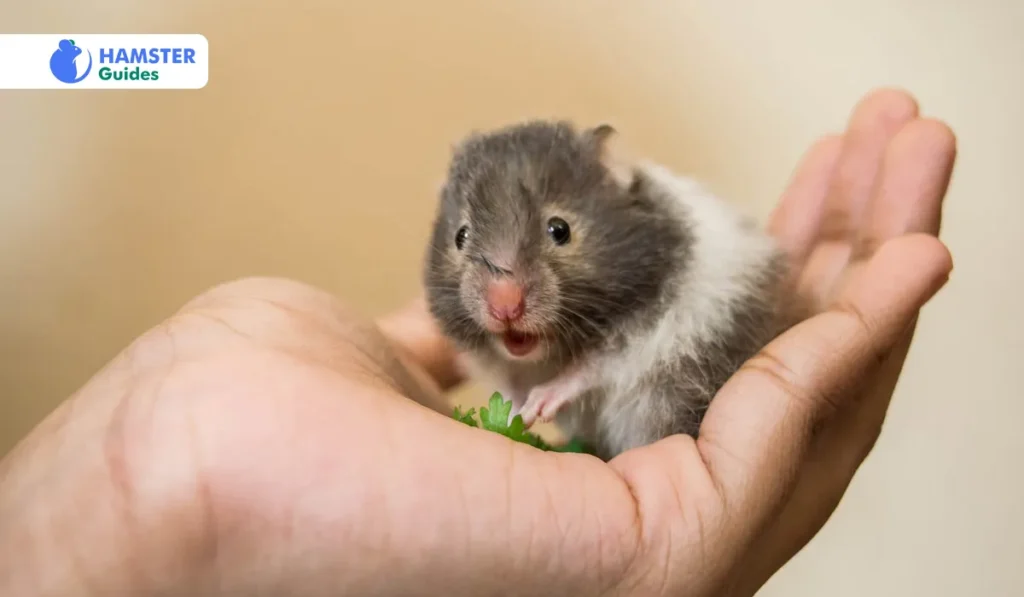
In contrast to their domesticated relatives, wild hamsters are primarily nocturnal. They spend their nights running around, gathering food, and fortifying their underground dwellings. Speaking of food, this little hoarder is resourceful.
They collect seeds, grains, and insects to save for later. Some species are naturally solitary, while others display surprisingly social aspects and live in communal burrows.
Freshness Counts: Get rid of any fruit that hasn’t been consumed immediately to keep the environment tidy and avoid rotting.
Comparison Of Behavior Between Wild And Domestic Hamsters
| Behavioral aspect | Wild hamster | Pet hamster |
| Nocturnal Activity | Most active at dusk. | Adapt activity patterns to human schedules. |
| Foraging Behavior | Must constantly search for food sources. | Depending on the food sources provided, they may engage in mining. |
| Risk of Predation | A constant threat from predators. | protected from predators in a controlled environment |
| Social interaction | Solitary lifestyle, minimal interaction | interaction possible with people and other pets |
| Reproductive behavior | Seasonal reproduction for survival. | They may exhibit reproductive behavior even when they are not reproducing. |
The Not-So-Cuddly Truth: Why Wild Hamsters Aren’t Ideal Pets
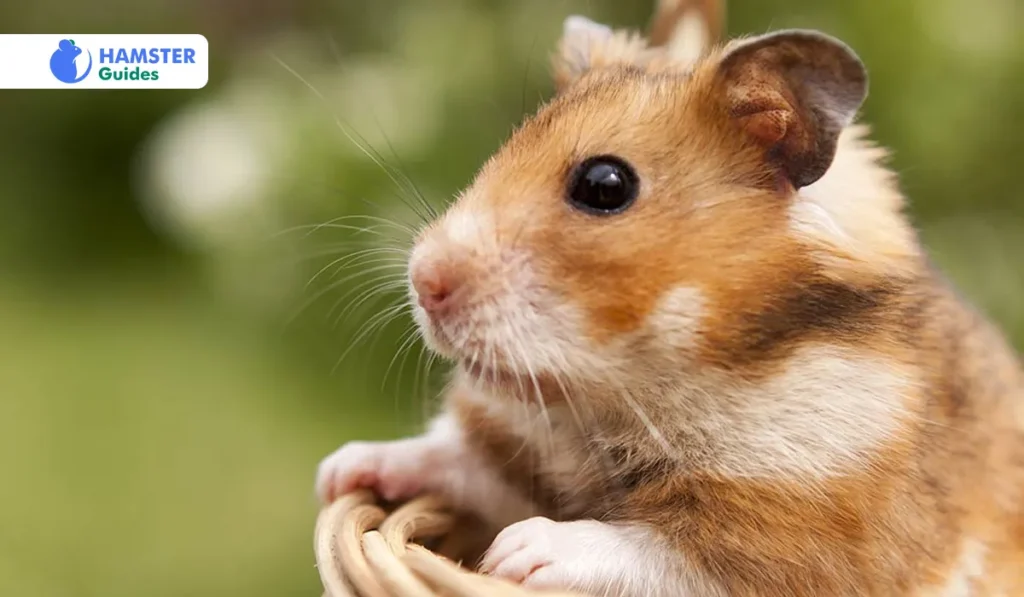
Seeing these adorable hamsters for sale at pet stores may make you want to adopt a wild hamster. However, you need to be careful here. Wild hamsters can be very different from domesticated hamsters.
Many wild species are actually quite aggressive and are not suited to living in comfortable cages. They carry diseases that can be harmful to humans. Their natural behavior can make it difficult to take them as pets, if not impossible.
The Final Words
Hamsters do live in the wild and their natural history — burrowing, food-hoarding, nocturnal/crepuscular activity — explains many pet behaviors. While a few species are now common as pets (most notably the Syrian), the majority of hamster diversity persists in wild habitats and deserves conservation attention.
Hamsters aren’t the best pets, however, they’re additionally located in the wild. By mastering their herbal habitat and behaviour, we gain a greater appreciation for those captivating creatures. It is vital to word that whilst hamsters could make top notch pets, they’re now no longer best for everyone. Those thinking about getting a hamster as a pet must do their studies and recognize the duties that include proudly owning one.









Leave a Reply